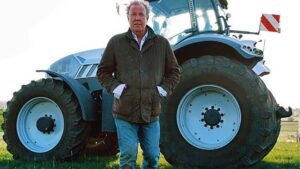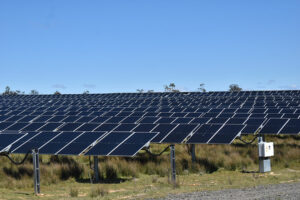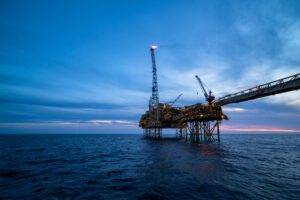By Sheldeen Joy Talavera, Reporter
SYDNEY, Australia — As the Philippines anticipates the entry of new capacity to meet growing electricity demand, the country should learn from Australia’s coordination between transmission and generation.
“One area where Australia might allow us to learn from and apply to the Philippines is the planning and enabling of the transmission and energy storage system needed now and into the future,” ACEN Australia Executive Chairman Jose Maria Zabaleta told visiting reporters here.
“There can be no successful energy transition and self-sufficiency without new transmission and energy storage capacity.”
While coal dominates the power generation mix of Australia and the Philippines, both countries have set ambitious targets to increase the share of renewable energy.
Among the evident energy players in both these countries is ACEN Corp., the listed energy platform of conglomerate Ayala Corp.
The company’s portfolio has around 7 gigawatts (GW) of attributable renewable capacity in operation, under construction, and in committed projects. Aside from the Philippines and Australia, ACEN also operates in Vietnam, India, Indonesia, Laos, and the United States.
ACEN Australia is the subsidiary of ACEN that manages its renewable energy assets in the country. The company is currently gearing up for a 2-GW pipeline of projects over the next three years.
Mr. Zabaleta said that the company works with all the different stakeholders in each location “to enable the optimal outcome of each project.”
“The Philippines is one market under the purview of one government. Australia is a large country comprised of several different markets, and regulations differ across project locations,” Mr. Zabaleta said. “There are federal regulations, but each state also has its own.”
In New South Wales (NSW), ACEN Australia Head of Development Killian Wentrup said that the state is coordinating transmission investments while private companies are developing generation projects.
“We’ve been working together for three or four years now and the generators have been awarded what we call access rights to the new network so that we have the confidence that when we build our projects, we will have those rights to connect to the new transmission and we have the access to a new transmission to the exclusion of other parties,” he said.
As a result of one coordinated development, the state is expected to deliver 7.1 GW of power supply.
“What we figured out, think in Australia quite well, is to enable the next phase of the energy transition, you need to do it in a much bigger, more coordinated way,” Mr. Wentrup said.
With the ongoing project development, Mr. Wentrup said that ACEN is on track to become a significant player in Australia’s energy market.
“By 2030, with projects like Valley of the Winds, Birriwa solar and battery hybrid and our Phoenix pumped hydro development, we will have built several gigawatts of solar, wind, and firming capacity,” he said.
“This positions us to deliver fully green, fully firmed electricity to any customer in the NSW market, supporting Australia’s ambitious goal of reaching 82% renewables by 2035,” he added.
WIND FARM INVESTMENTTo further position itself as a major power generation player in Australia, among the company’s recent breakthroughs in the renewable energy space is the 900-MW Robbins Island wind farm, which is expected to generate enough power for up to 500,000 homes.
ACEN Australia obtained approval from the federal government to pursue the $3-billion wind power project in the north-west Tasmania after more than eight years of review.
“The decision shows that large, complex projects can be delivered responsibly, balancing overall impacts and conserving biodiversity, with the need for clean energy to address climate change,” ACEN Australia Managing Director David Pollington said.
“It comes at a time when Australia faces a stalling energy transition and looming power shortages as coal exits the system.”
According to the company, the Robbins Island wind farm is one of the largest private investments in Tasmania’s history.
ACEN Australia said that the project will help the state and federal governments achieve legislated emissions commitments, including Tasmania’s goal to double clean energy production by 2040, half by 2030.
After securing approval, the company will work through the detailed approval conditions to understand their implications for project design and ongoing environmental monitoring. It is continuing preparations for its transmission proposal, slated for assessment in 2026.

















